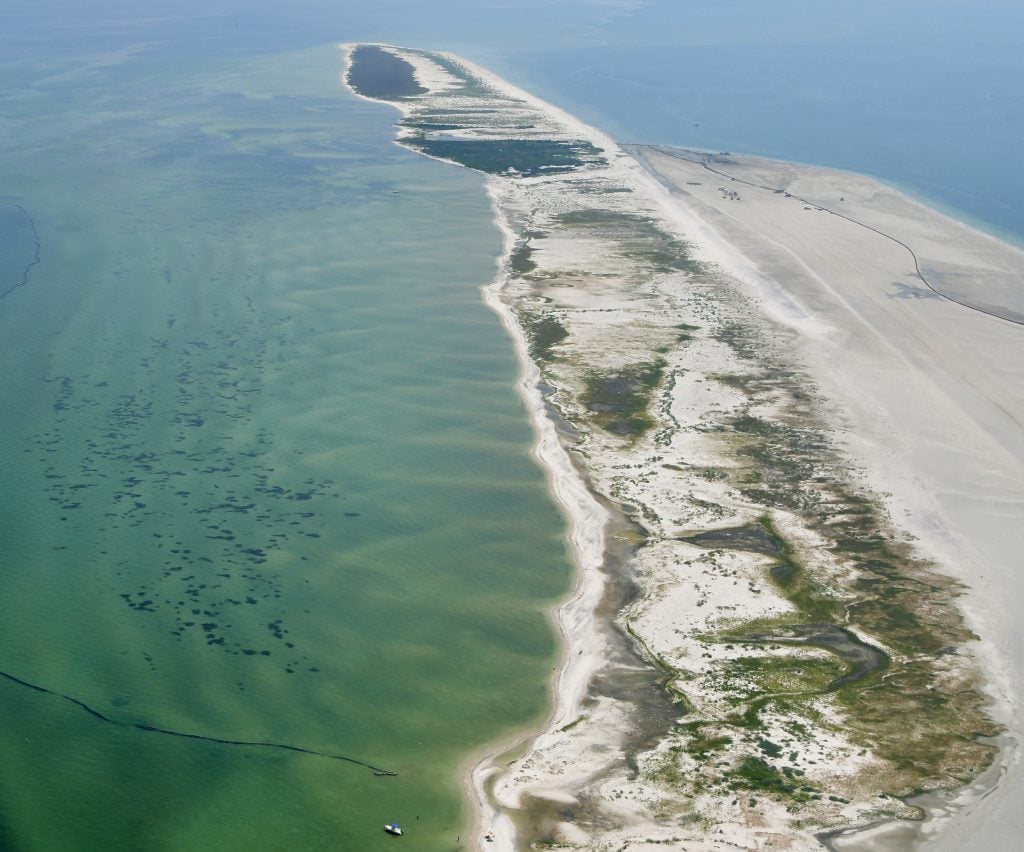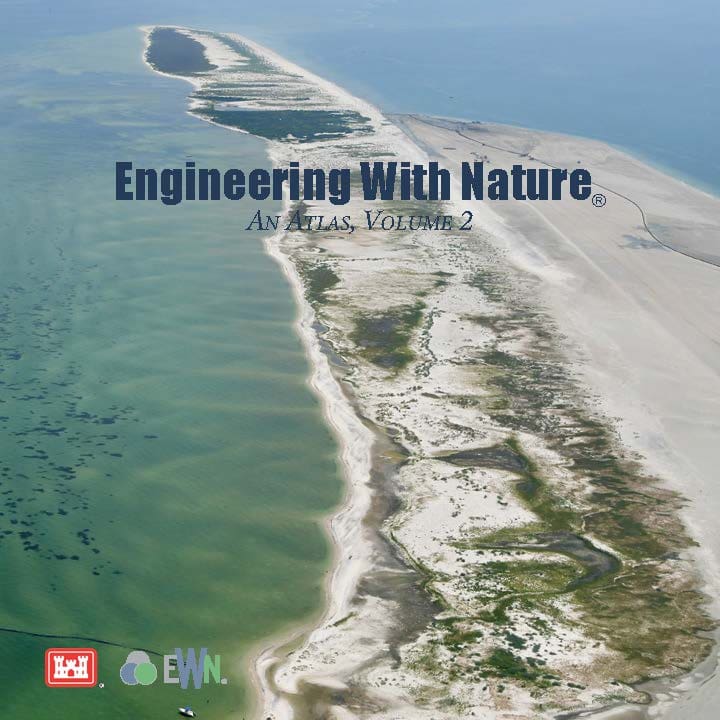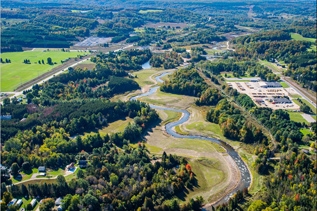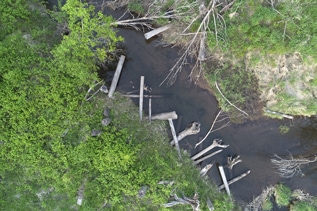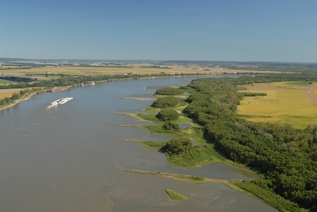The Atlas, Volume 2, showcases EWN principles and practices in action through illustrations and descriptions of 62 projects from around the world. These projects demonstrate what it means to partner with nature and deliver engineering solutions with a variety of economic, ecological, and social benefits.

